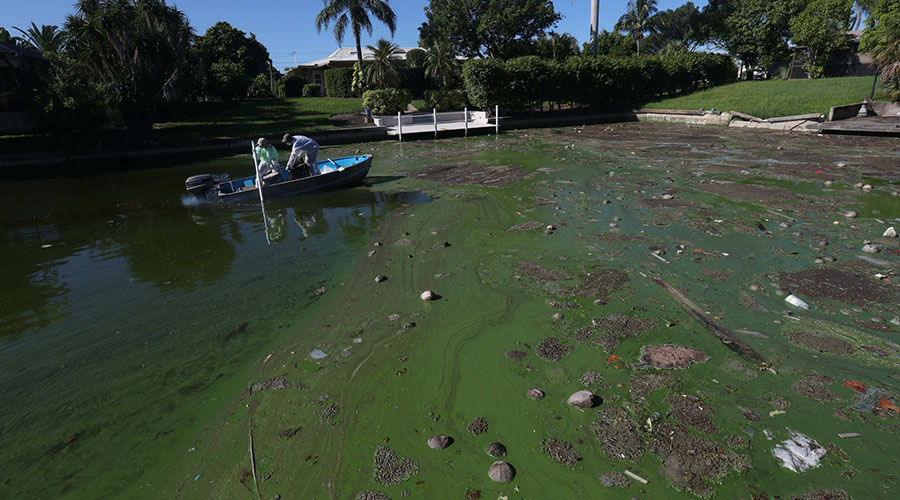A federal report suggests that the presence of salt causes blue-green algae cells to burst and release all toxins into the water.
The United States Geological Survey report shows that while blue-green algae blooms like the one experienced this summer typically start in Lake Okeechobee, the amount of toxins released by the algae may increase as it moves toward the salty coast.
Saltwater causes the toxin-carrying membranes to rupture, releasing toxins that were stored inside, the recent report says.
Calusa Waterkeeper John Cassani said the information in the report is useful but that its application may be difficult for water managers.
Flows from Lake Okeechobee would need to be high at this time of year to keep the salinity levels down in the estuary.
But that amount of water could be deadly for the estuary’s plants and animals that form the base of the marine food chain and Southwest Florida’s world-class coastal fisheries.
“If you want to keep the salinity low to delay the movement of cyanobacteria into the saltwater environment, then you could be impacting the estuary because the salinity is too low,” Cassani said. “It might be difficult to manage the river for cyanobacteria independent of impacts to the estuary.”
The sample used for this report was taken in the northwest section of Lake Okeechobee in July 2017.
Continue Reading

























